How To Be a Better, Smarter, Happier Meat Eater
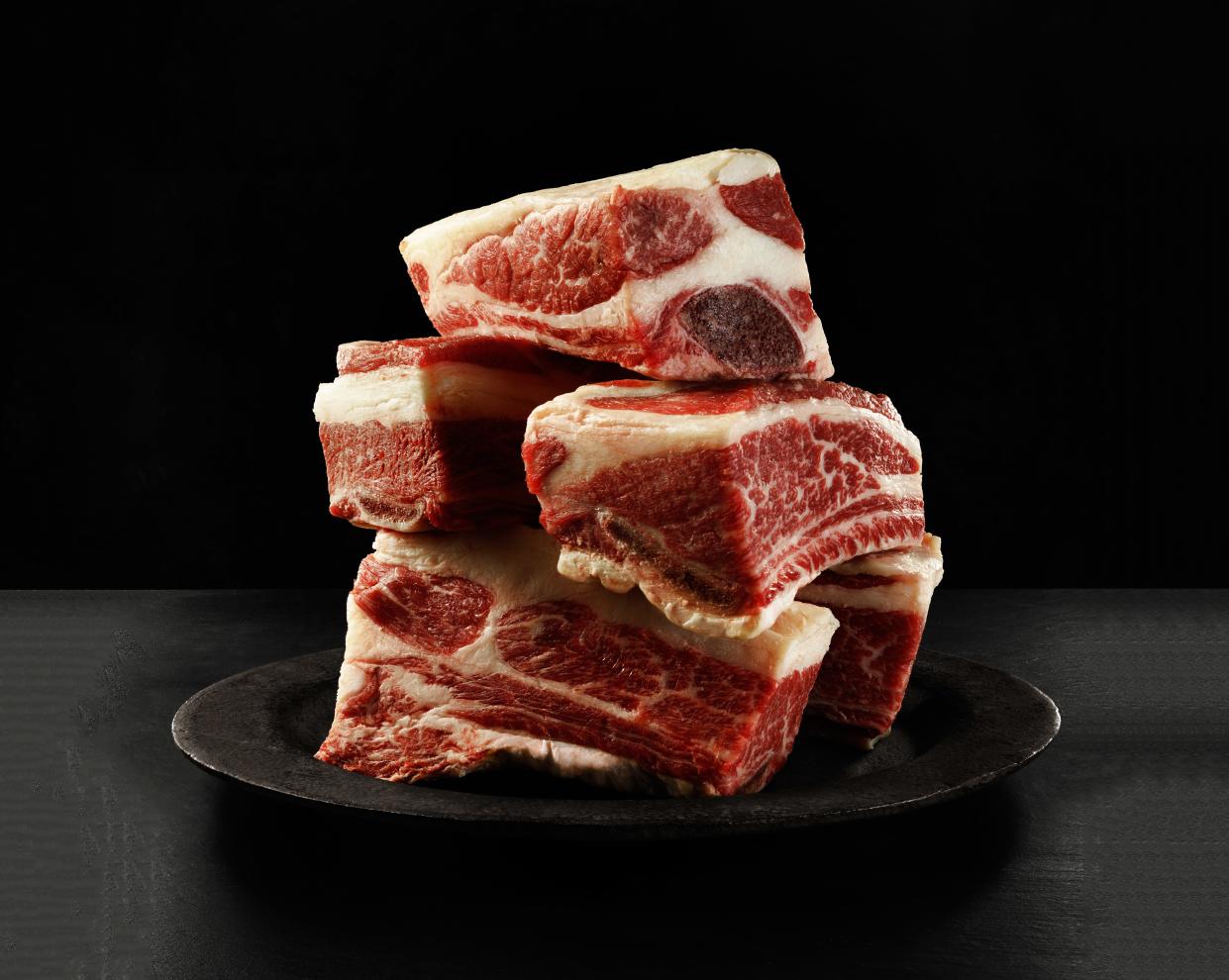
1. Start Beefing with (Most) Beef
Under natural conditions, cattle are an almost perfectly beneficial part of a regenerative agricultural system. Their waste feeds the fields on which they're pastured; carbon is sequestered in that grass; and their meat, in limited quantities, is good for us, good for the land, and good for the community of farmers, ranchers, butchers, and the variety of small businesses that raise, butcher, and sell it.
Take the cattle off those fields, multiply their numbers by thousands, feed them industrially produced grain encouraged by subsidies, damage some of the world's best farmland to grow that grain using a destructive assortment of chemicals, pump the cows full of antibiotics (to prevent illness in the unnatural conditions), scale and intensify this process so that almost anyone in the world can afford to eat meat daily, and...that's not good for us. Or the farmland. Or the planet. Or, needless to say, the cattle. And yet beef raised this way is what almost everyone in this country has eaten exclusively for the past 50 years.
Fortunately, a growing cadre of ethical ranchers and butchers have started turning this system around. They're pasture-raising cows on grass and mother's milk—which gives the meat a wonderfully complex flavor, pleasantly minerally and deliciously beefy—and they're using whole animals, minimizing waste and expanding our palates. Here's how to find, buy, and order beef that's not only better for the planet but tastes better, too.
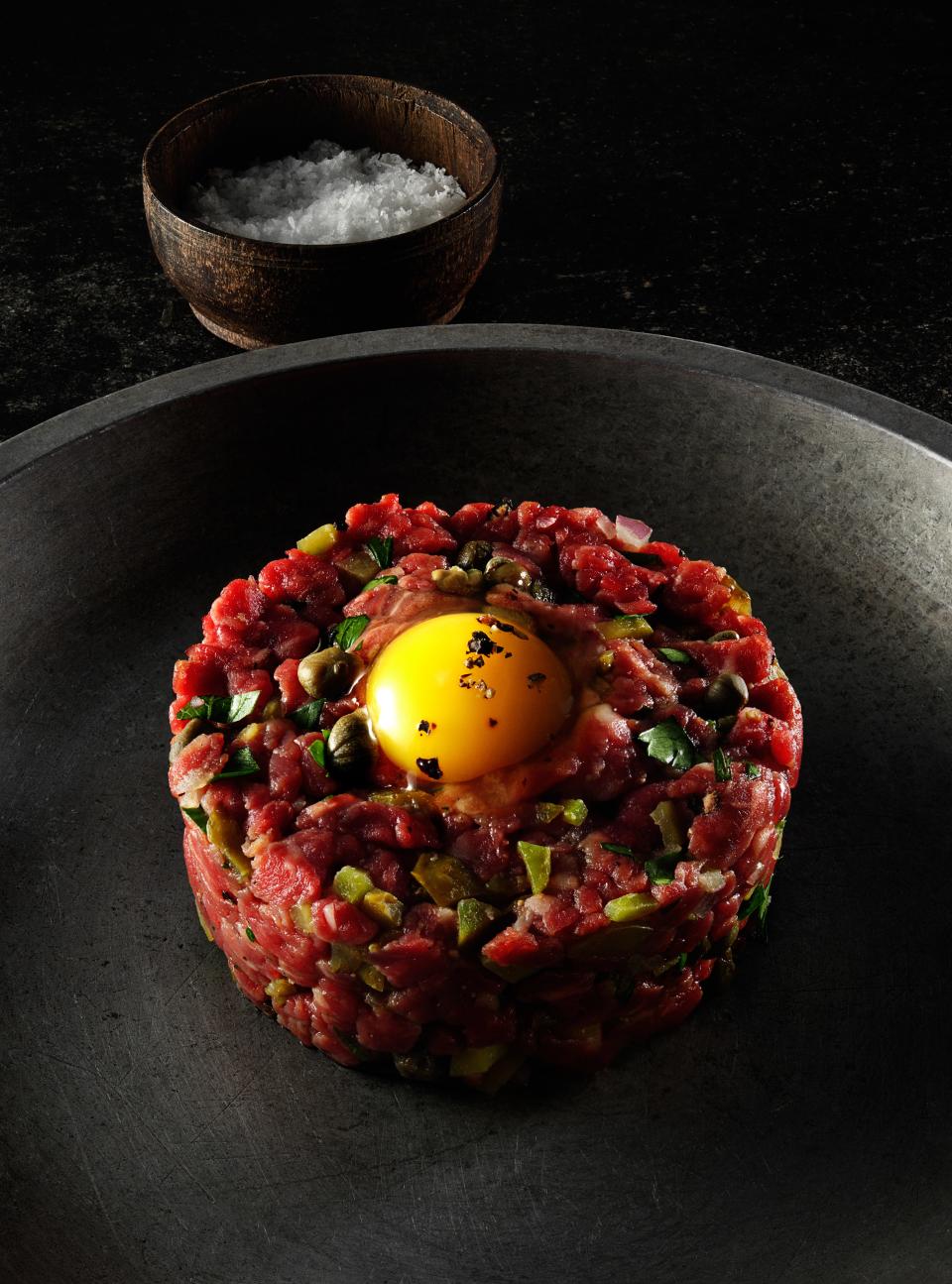
2. Expand Your Vocabulary
Just about anything is better than the industrially produced grain-fed feedlot beef. The best alternative, and I'm being very specific here, is “grass-fed, pasture-raised,” especially if it's raised locally (to reduce the carbon footprint) and organically (to prevent the widespread use of pesticides that harm the environment). There are other good alternatives that play with those variables, but the bottom line is that most of what you find for sale isn't cutting it.
3. Open Your Wallet
The price for pasture-raised beef does vary, but it's expensive. Beef finished in a feedlot should be somewhat cheaper, but it's still going to be steep. Ground beef—which constitutes about a third of the yield from every animal—should be $5 to $10 a pound; less is suspect, and more is, well, high. The premium cuts, like rib eye and filet mignon, are likely to be around $30 a pound; more is common.
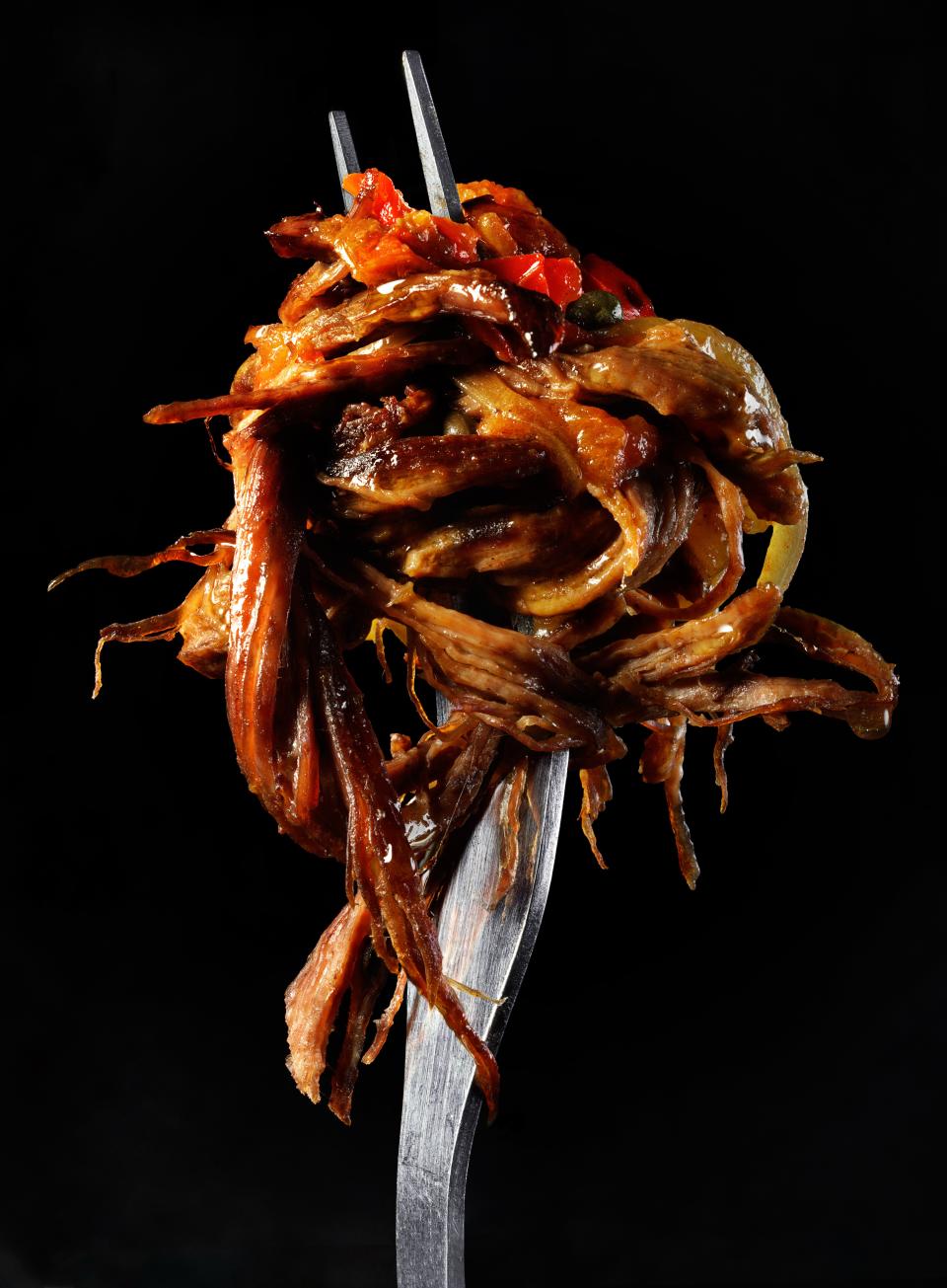
4. Learn from Your Butcher
If you're able to speak to a human who's willing to engage you in conversation about the meat they're selling, then you've already overcome a huge hurdle, says Samantha “Sam” Garwin, butcher and CEO of Fleishers Craft Butchery. “The odds that the answers are the ones you want are going to be very high.” Here's what else Garwin says any good butcher should love to talk about.
Weird Cuts
The last time I was at Fleishers, I saw two cuts that you almost never see. One was deckle, the succulent part of the prime rib that always tastes so good, even when it's well-done, and the other was boned lamb neck, which, simply roasted, is incomparable.
The Cow's Age
Cows sold in shops like Fleishers are usually slaughtered at a more mature age (just around 24 months) because a grass-fed cow simply takes longer to get to slaughter weight. (Which is yet another factor leading to more expensive prices.)
The Cow's Breed
The meat you see at Fleishers—a lot of Angus and Hereford—is similar to what you'd see at MegaFoodVille. It's the practices that are so different.
Partners
A company like Fleishers can't do everything itself, says Garwin. It often has many partners—from farmers to slaughterhouses to packing. “You want a company that owns the supply chain from start to finish? That looks like Perdue.”
Cheap Stuff
Don't use purveyors of pasture-raised meat just for special occasions. “Our ground beef is more flavorful than any ground beef you've ever had!” says Garwin. (And it's relatively cheap.)
5. Seek Out These Meat Stands
More and more butchers are opening in conjunction with restaurants (an excellent way to use the entire animal) or becoming creative and offering value-added products—like pet food made with offal—along with raw meat. All of these butchers sell pasture-raised beef, and they know their farmers. That's what matters.
Salt & Time, Austin
An epic charcuterie list—and ground Wagyu for the best burger you've ever made.
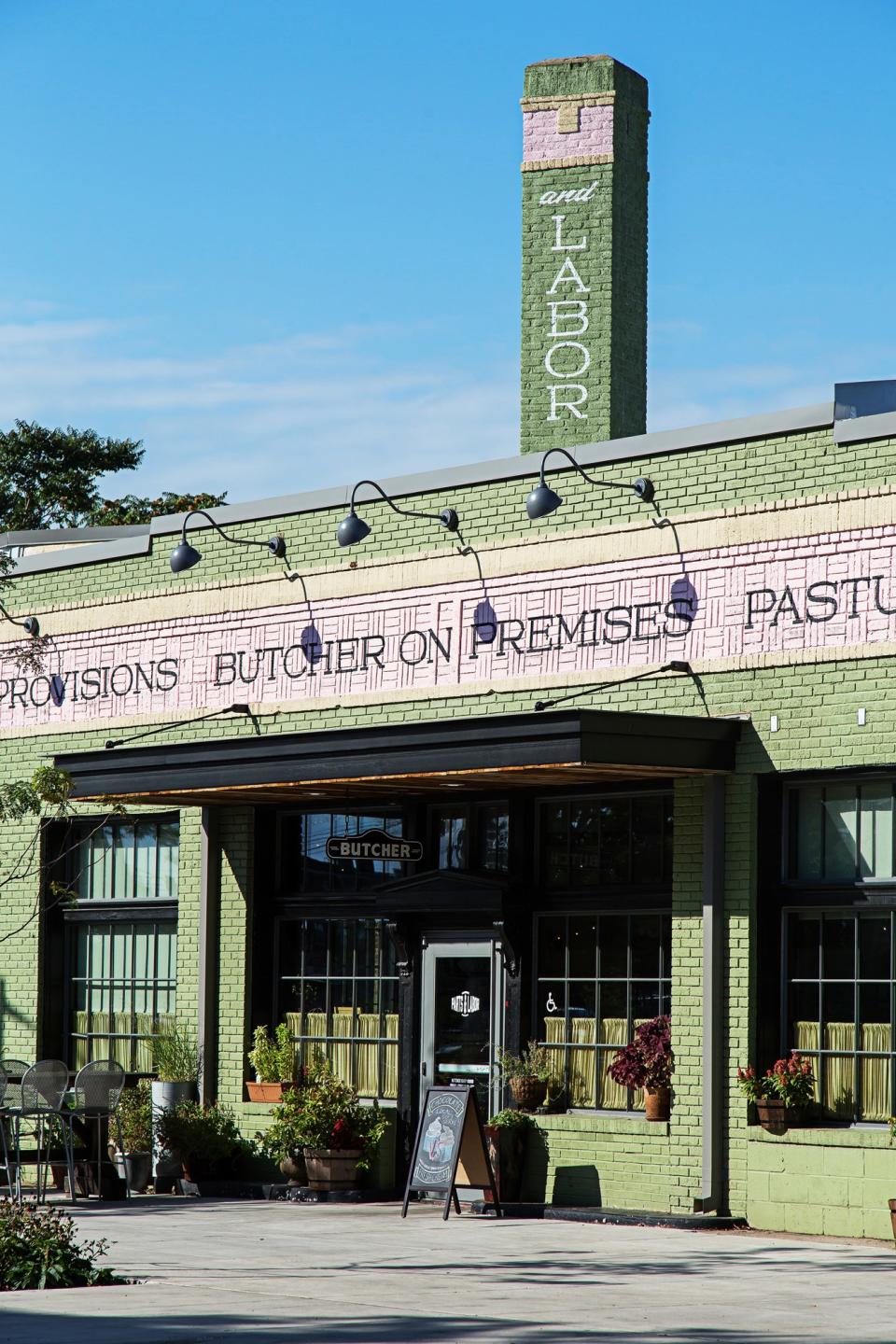
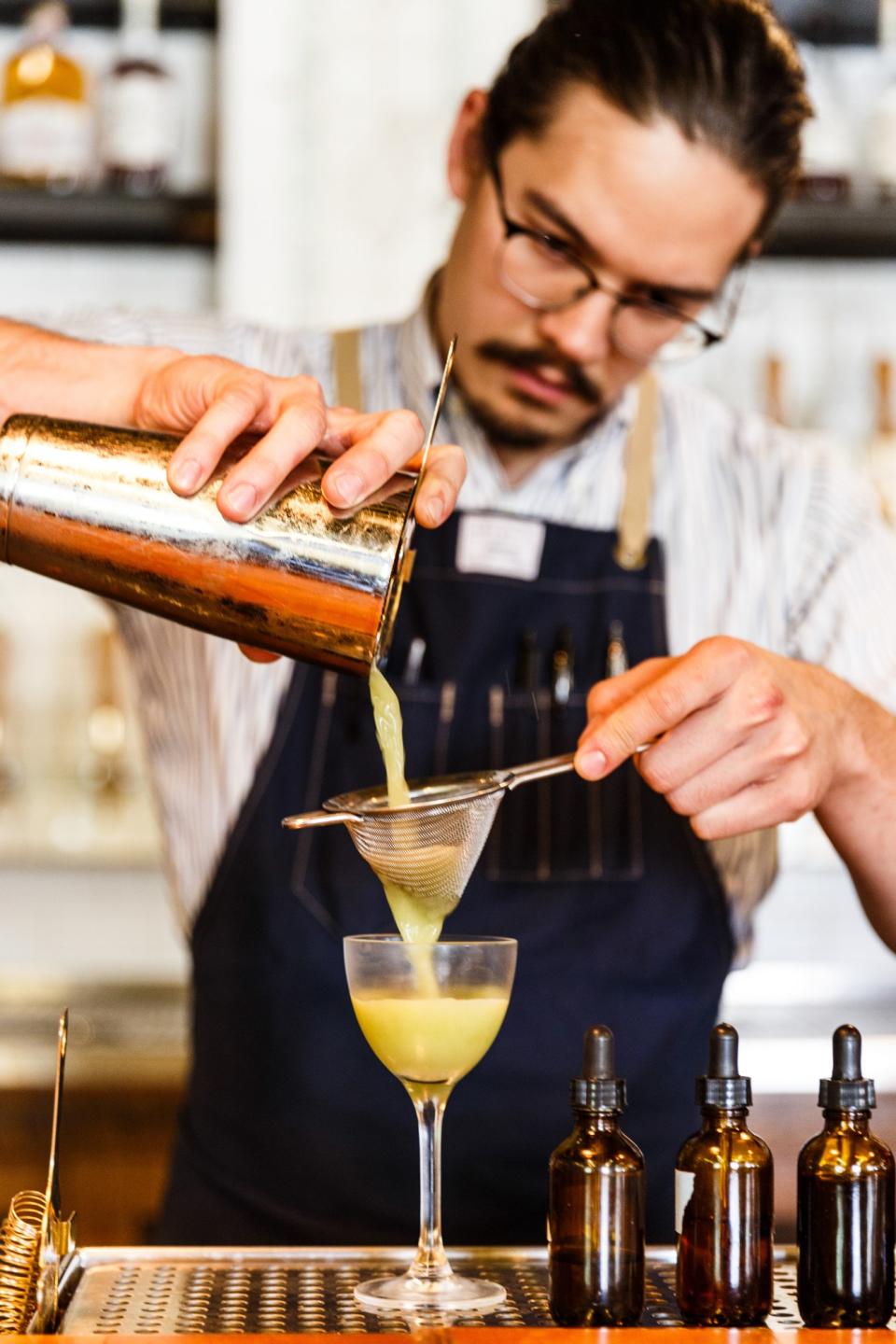
Parts & Labor, Baltimore
Toast to the cows at this joint's full bar.
The Local Butcher Shop, Berkeley
The famed Sando of the Day could be roast beef with pickled beans and Havarti.
Publican Quality Meats, Chicago
It's Chicago, and that means sausage. Grab its gorgeous new cookbook while you're there.
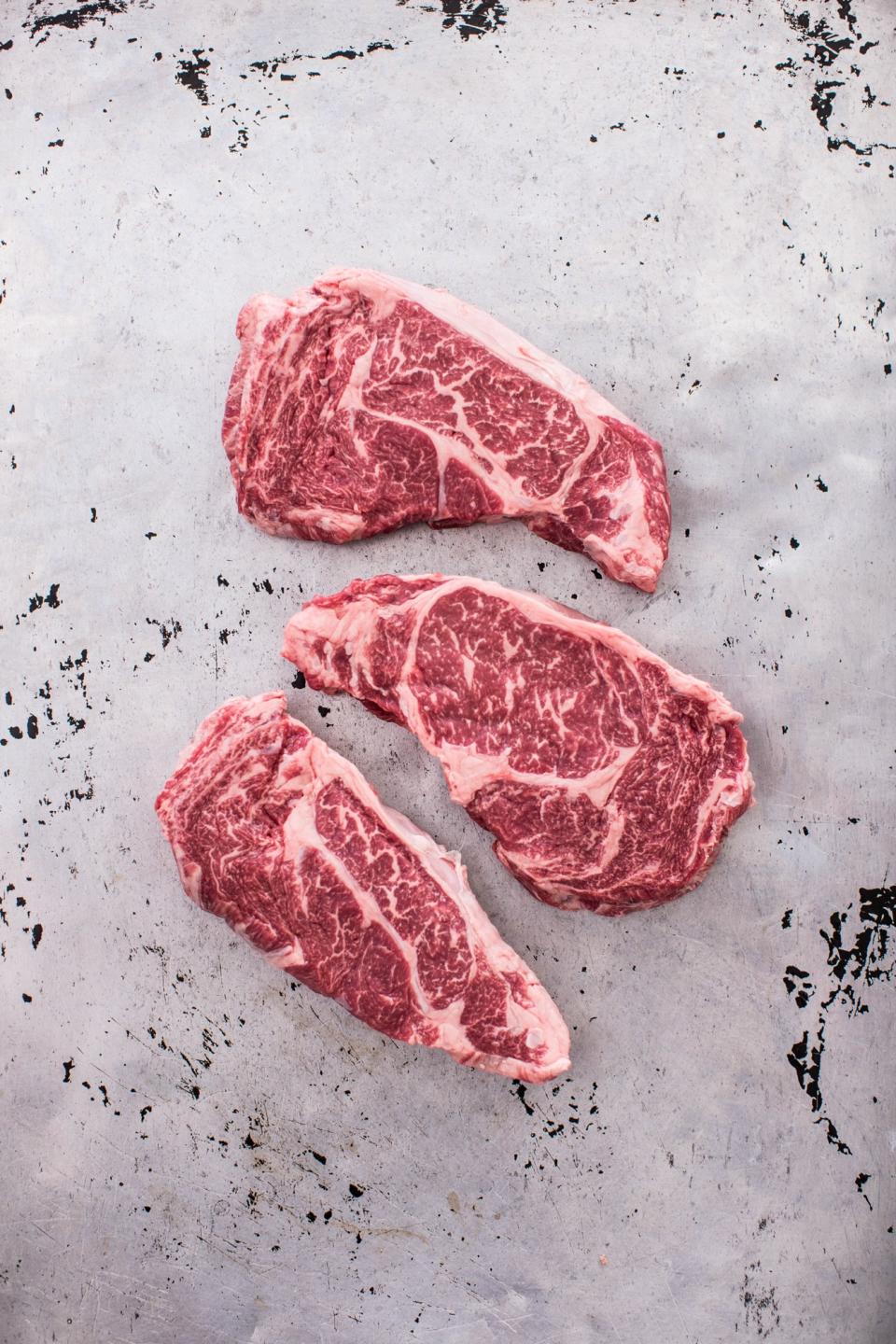
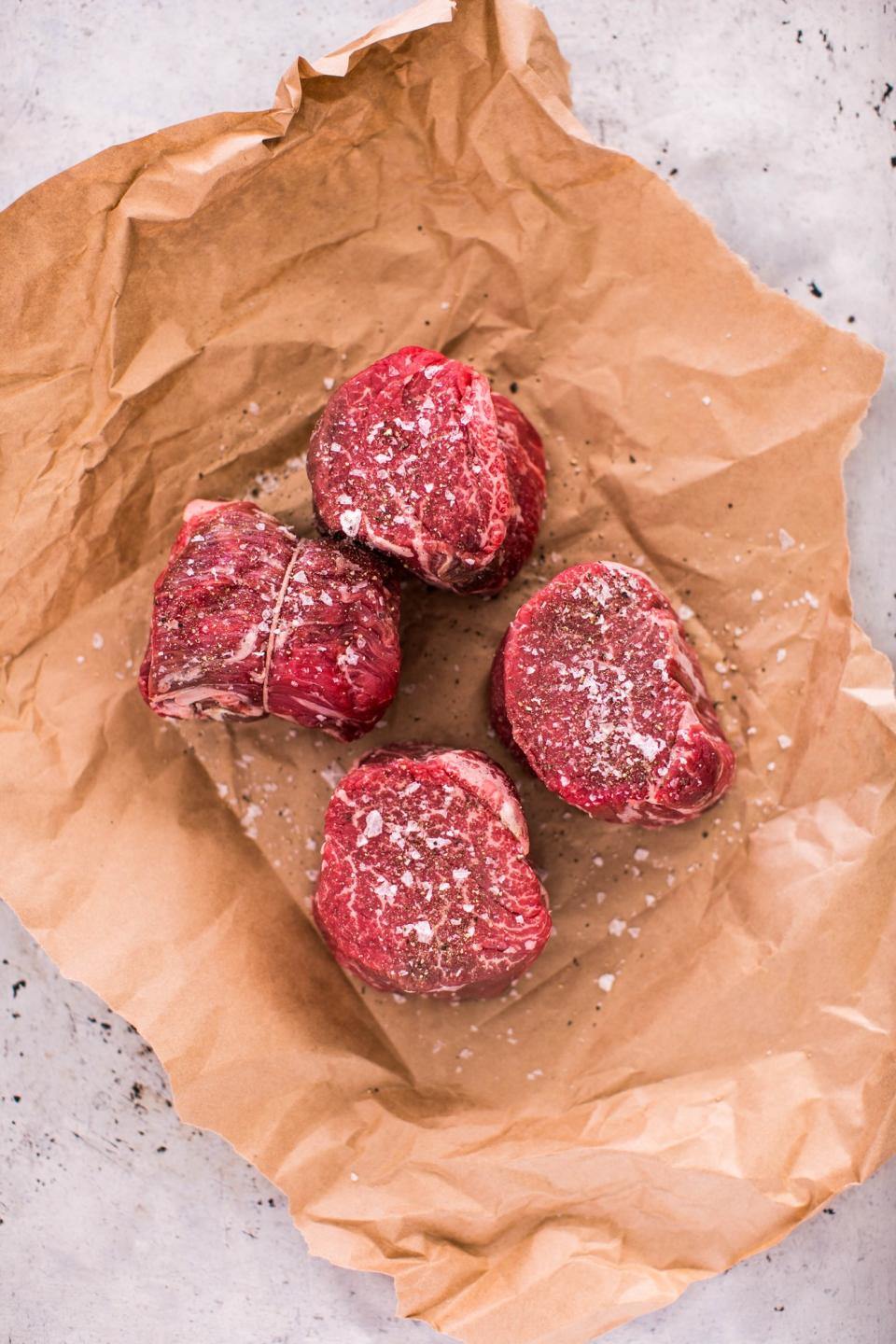
Porter Road Butcher, Nashville
Cooking soup? Use its pre-made beef stocks or buy a bag of bones and make your own.
Fleishers Craft Butchery, N.Y.C.
The shop's two-hour Beef Butchery 101 class teaches you how to cook and cut your meat.
6. Or Let the Meat Come to You
Have it shipped to you by one of these three mail-order butchers.
I've known Seth Nitschke of Mariposa Ranch for seven years; he's a real, honest cattleman, operating out of central California. When I first met him, in the middle of the drought, he was driving cattle to Nevada for water, while everyone else in the grass-fed business was feeding their cattle dried grass from elsewhere. His ethics are impeccable and his beef is fantastic. But like most good things in life, it'll cost ya: Filet mignon runs nearly $30 per pound. mariposaranchmeats.com
Butcher Box is a subscription model, and it's the most economical option, a kind of Blue Apron–style meal kit—but instead of all those pesky vegetables, you get about ten pounds of meat. It's early days, but I do believe these people are principled and trying to do things right. butcherbox.com
Now, this is interesting: Crowd Cow purchases a cow, tells you about the farm and the animal, and offers you a share. If you think the meat's from too far away, if you don't like something about its story, or if the cuts you want aren't available, you simply try again another day. If your needs are met, you buy. crowdcow.com

7. Find a Butcher Counter That Looks Like This
A sustainable meat shop is almost guaranteed to be no more than a few years old and run by people not much older. Here's what to look for.
Big Cuts
Slabs of meat mean your butchers are actually butchering. By contrast, supermarket “butchers” buy pre-cut meat. Custom-cut beef is a minor but telltale benefit of real beef handled by real butchers.
Unusual Shapes, Colors, and Textures
Cuts may be irregularly sized. Or redder. Others might have more marbling or be dry-looking. Diversity gives you what you should always demand: real choice.
Offal
Beef hearts, livers, kidneys, sweetbreads, and marrow bones for sale is another sign your butcher is taking apart whole animals.
Small Quantities
Most butchers who rely on pasture-raised beef go through only an animal or two a week. How many tenderloins does a cow have? Two. How many skirt steaks? One. There are only 16 rib eyes, and those sell fast!
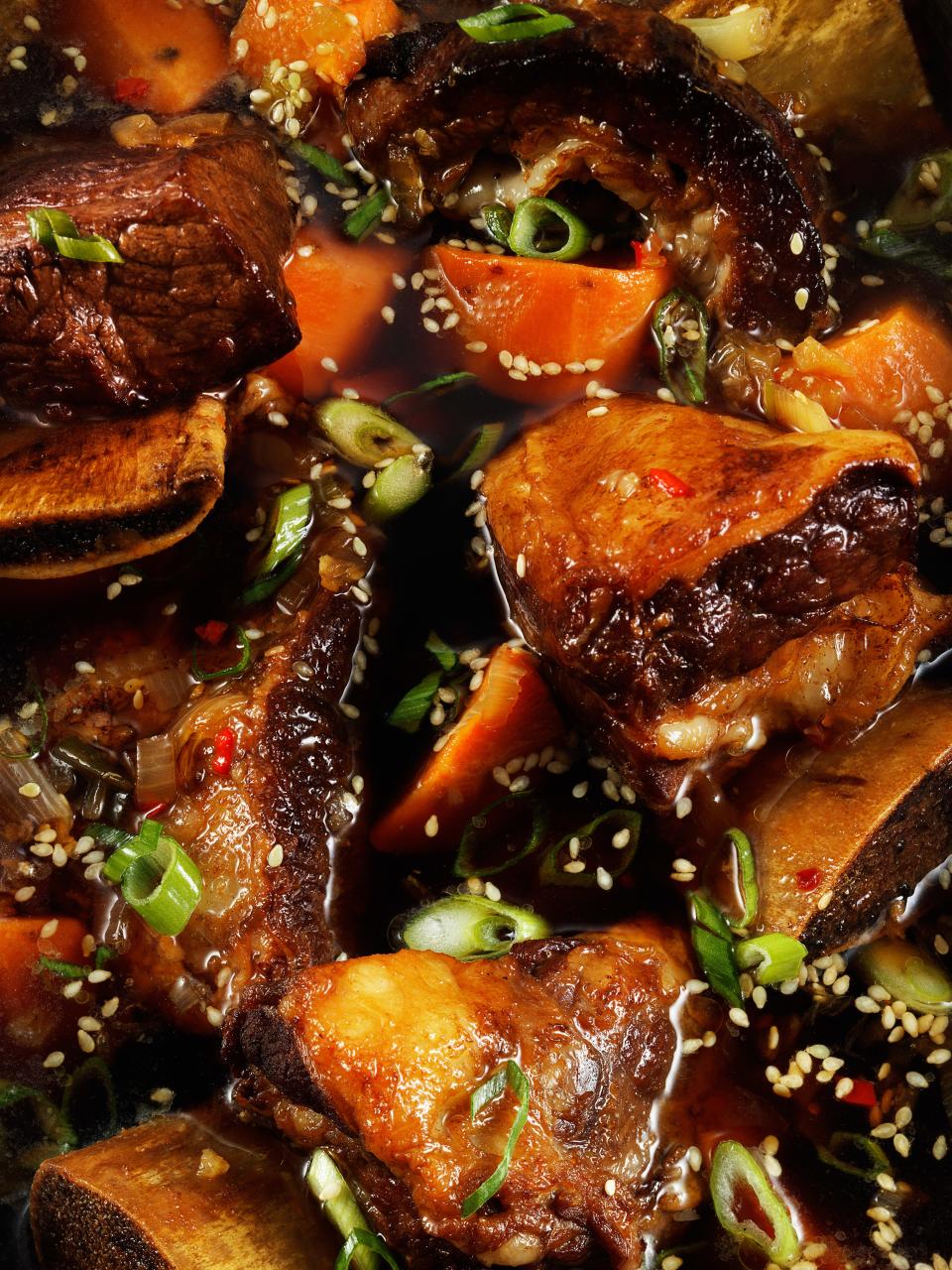
8. Killer Meat Demands Killer Technique
Rib Eye
Use a lot of salt, a lot of pepper, and some rosemary. Get your grill as hot as it'll go, but when you're ready to cook, shut off the gas under one part of the grill or bank the coals over to one side. Grill the meat, covered, over the less hot part of the grill but as close to the hot part as you can get it without the meat catching fire.
Beef Tartare
The one pictured up above is made with shallots, sherry vinegar, Worcestershire, Tabasco, and cornichons, but you can spice it as you like. Parmesan and anchovies are nice. That egg? Quail.
Ropa Vieja
The only thing even remotely challenging about this Cuban classic is shredding the steaks into the ropy strands that give the dish its name.
Galbi Jjim
A lot of ingredients (soy sauce, ginger, sesame seeds, sake, chiles, and on and on), a lot of time (overnight marinade plus two-hour cook time)—and the result is one of the world's great beef braises.
9. Buy a Ton and Freeze It
Unless you're going direct to the farmer within a couple weeks of slaughter, freezing your beef (or buying it frozen) is not just an adequate choice but probably the ideal choice. Just thaw it in the fridge the night before you want to cook it and (as with any meat) bring it to room temperature before applying heat.
10. Finally, Go to Where the Cows Are
In a congested dining scene like New York's or San Francisco's, there's not enough pasture-raised beef to go around. You're better off finding a small-town restaurant that has direct relationships with its farming neighbors. This summer, I was blown away to discover a restaurant called Prairie Whale, in Great Barrington, Massachusetts, where they serve an Irish breed of cow called Dexter—the porterhouse I had was sensational. And I'm dying to get down to White Oak Pastures, in little Bluffton, Georgia, which makes its employee canteen open to the public, so everyone can enjoy the burgers and tongue tacos from cows humanely raised on the premises.
This story originally appeared in the February 2018 issue with the title "Sacred Cows."

